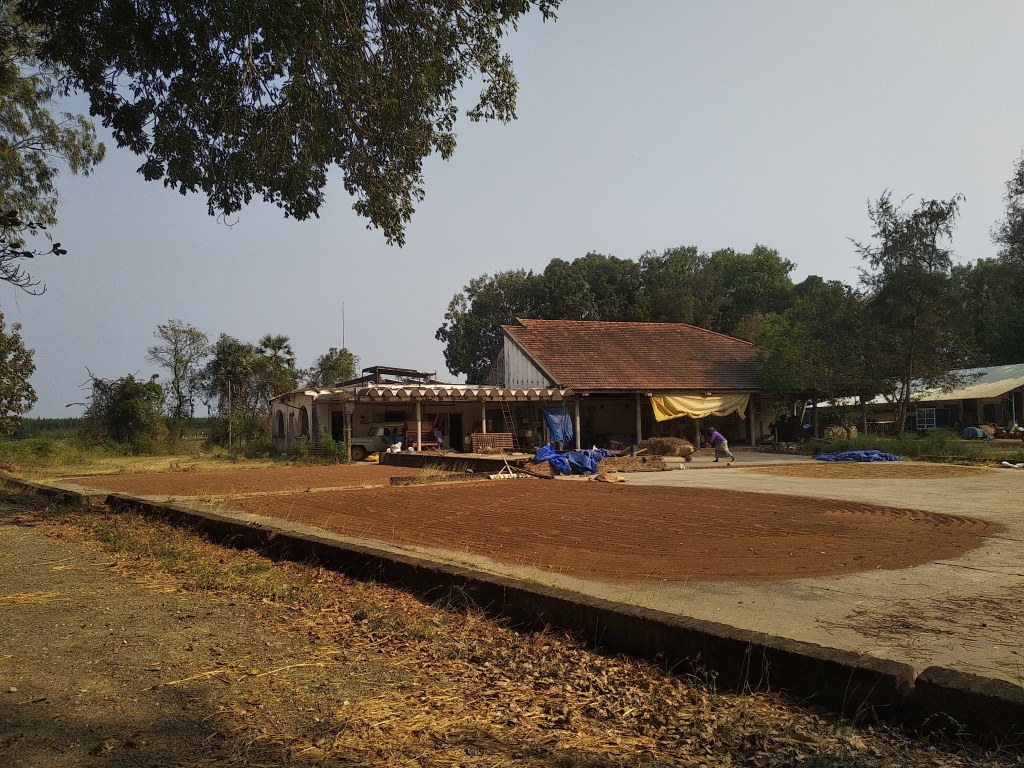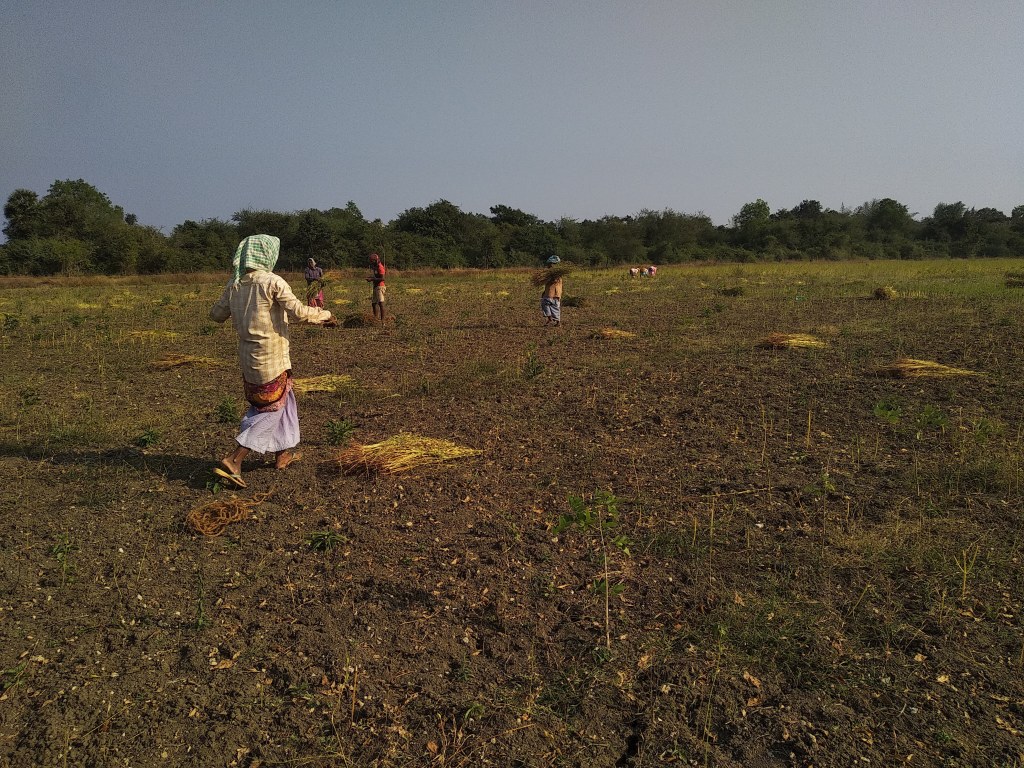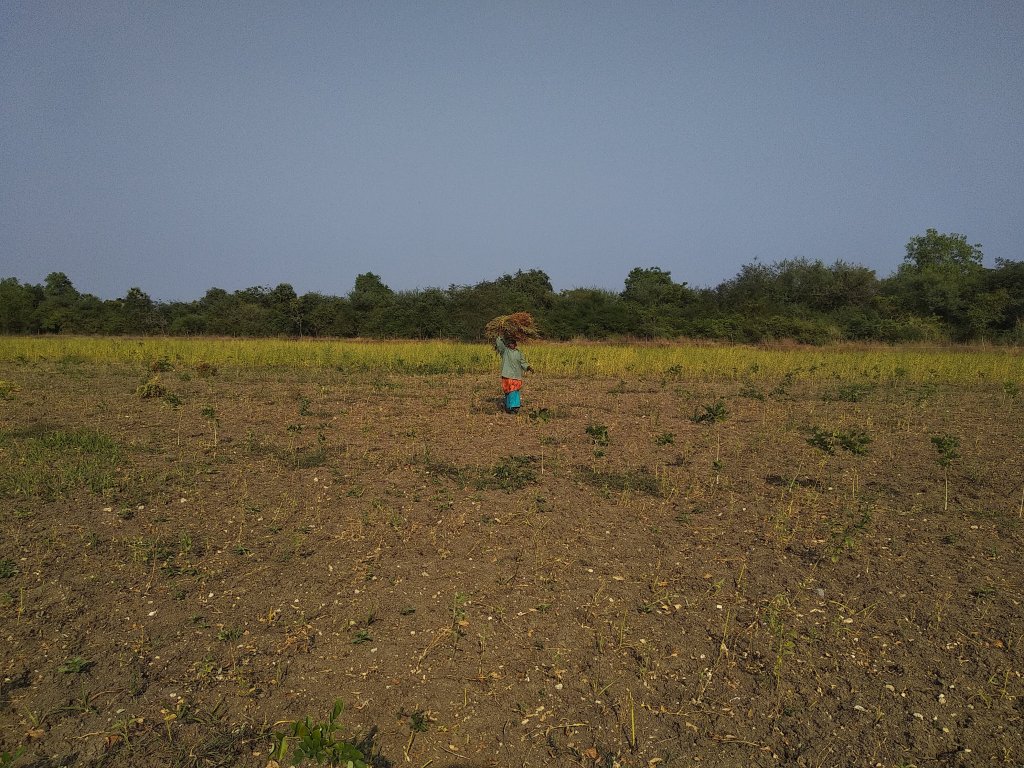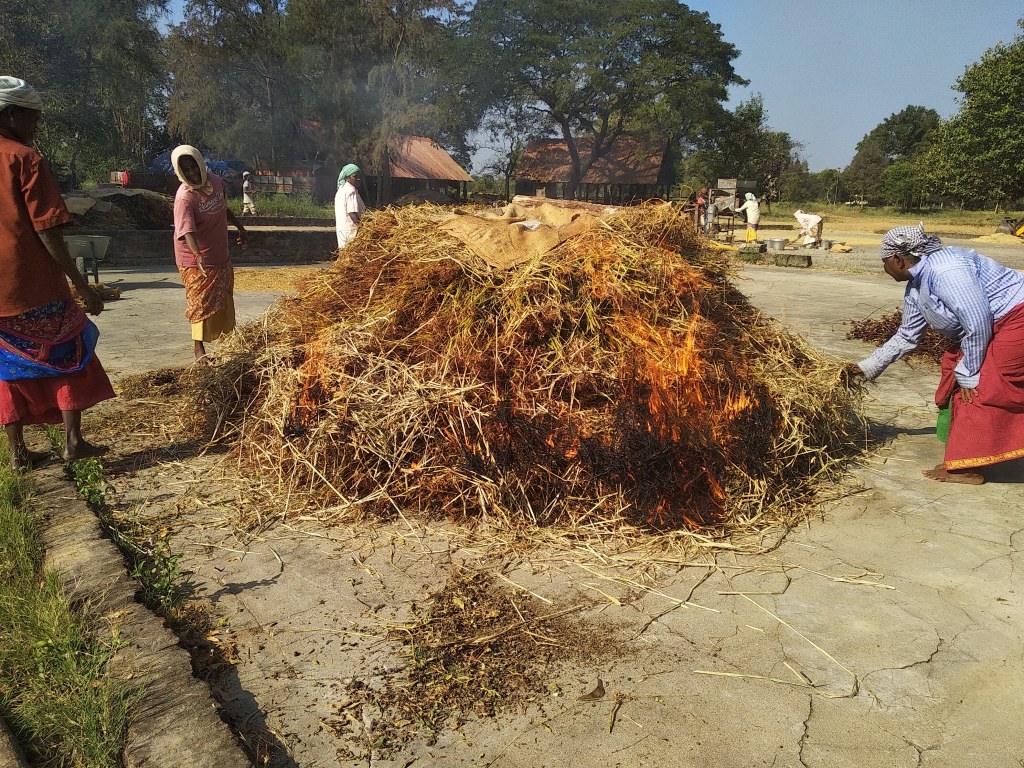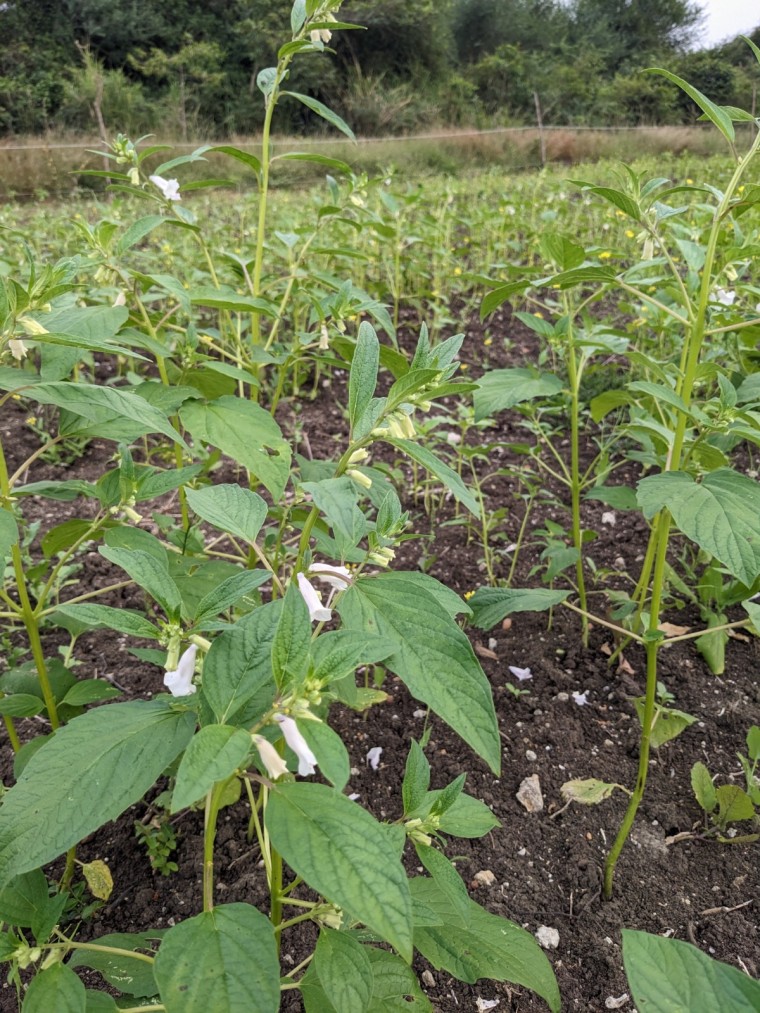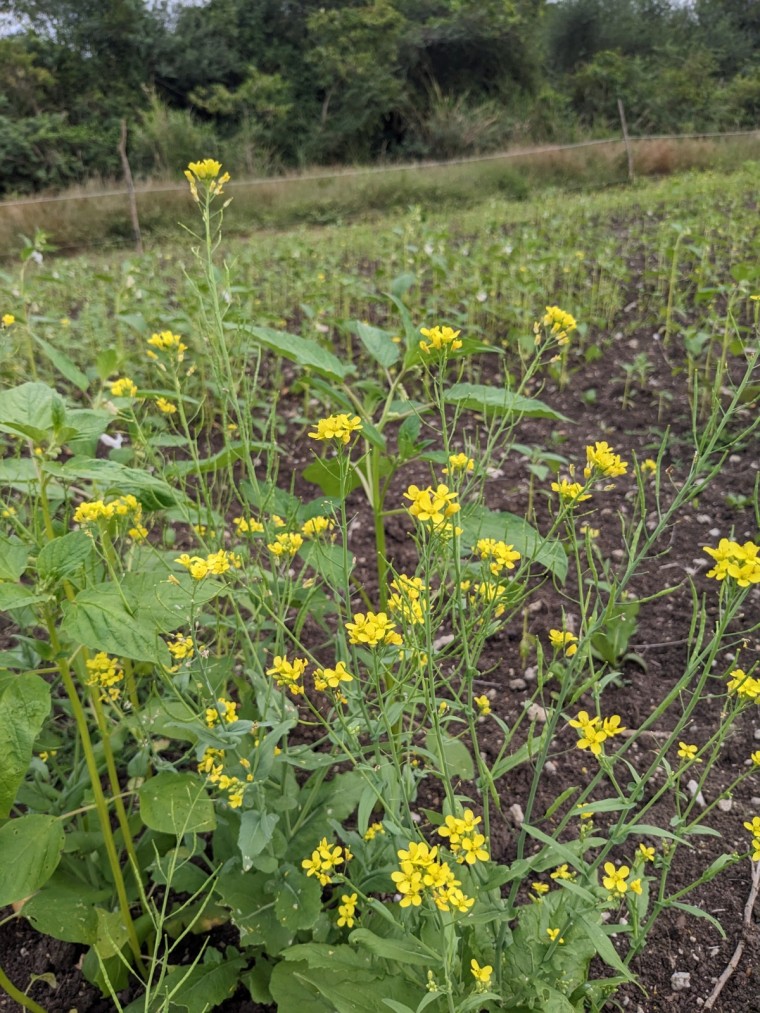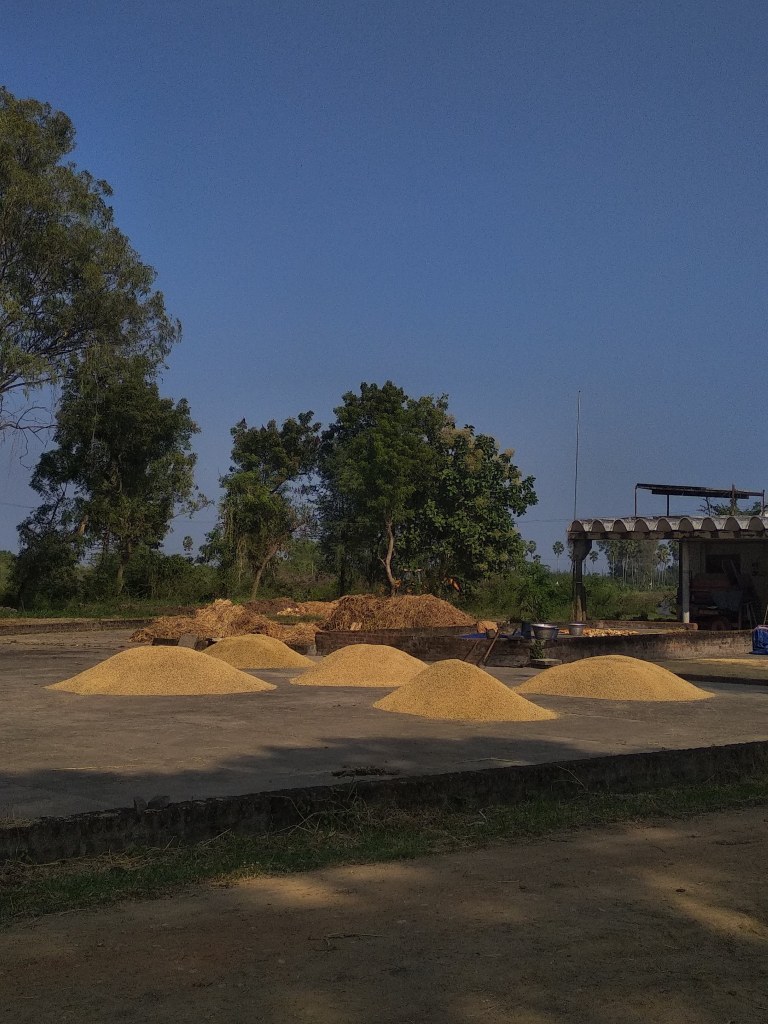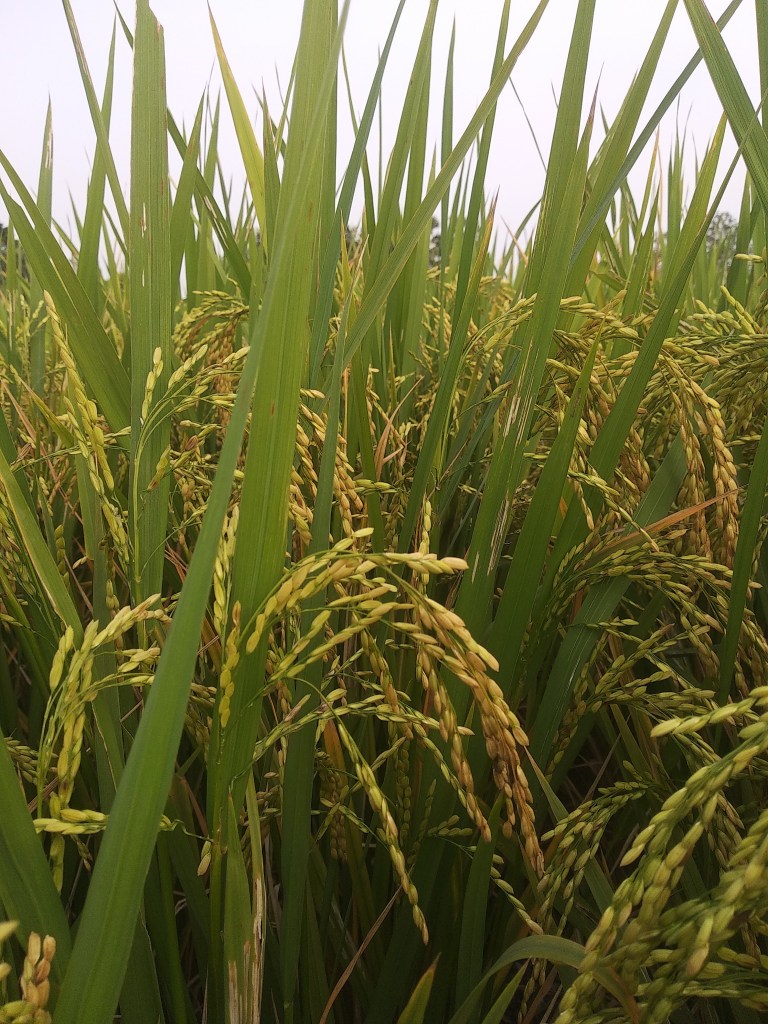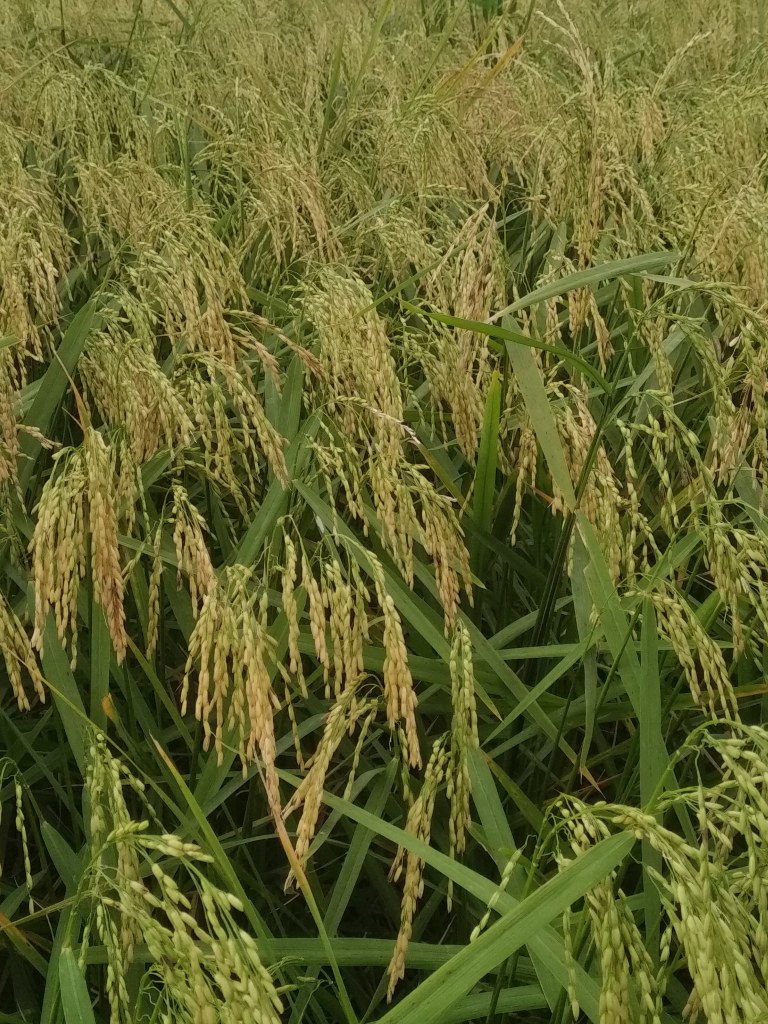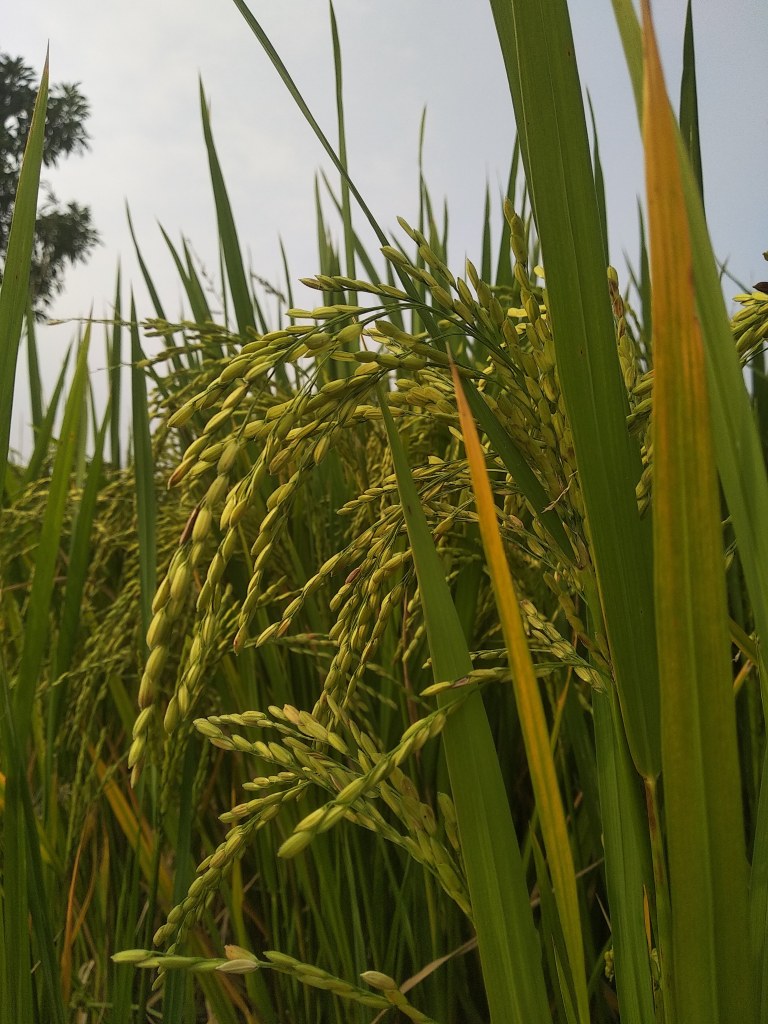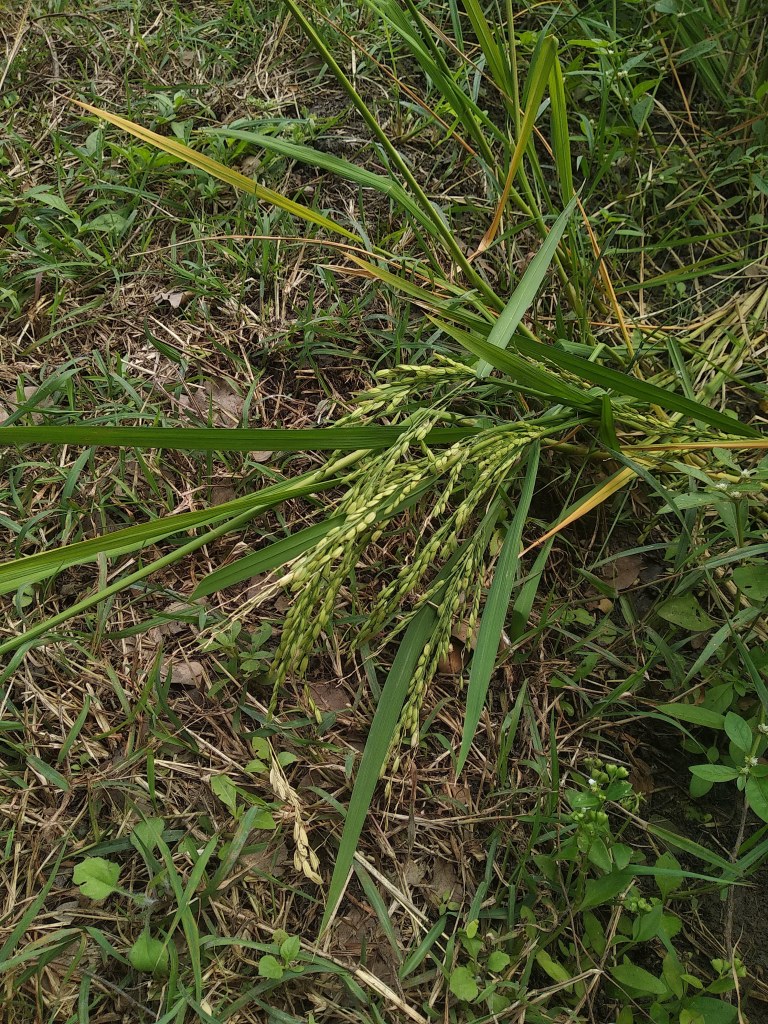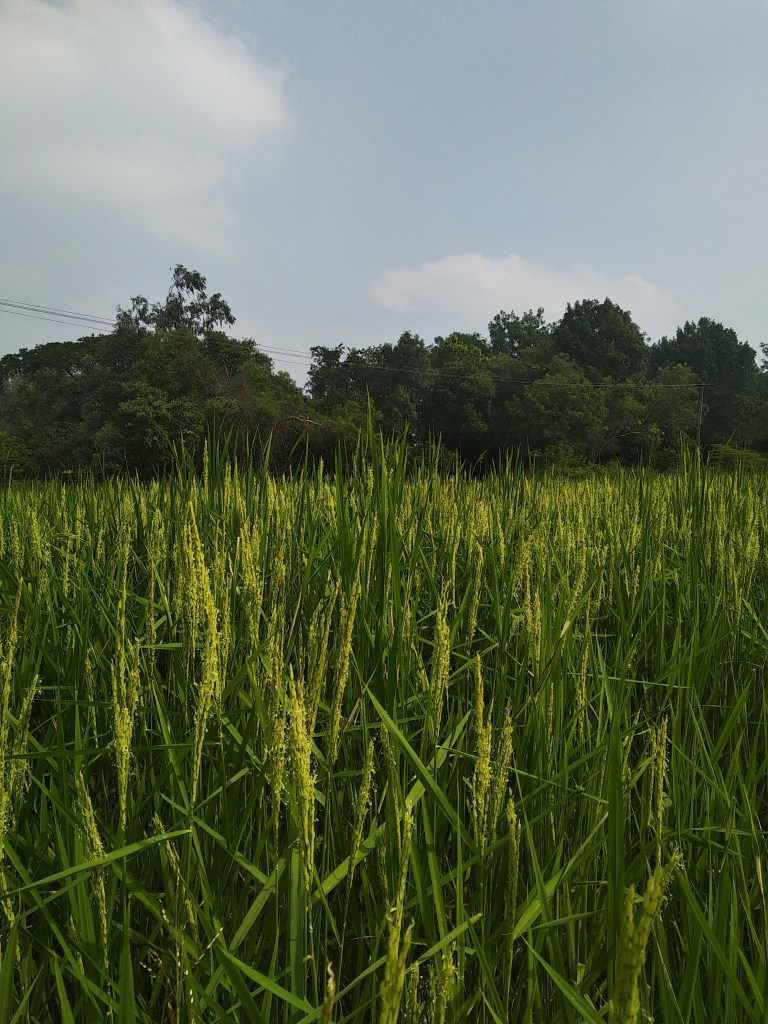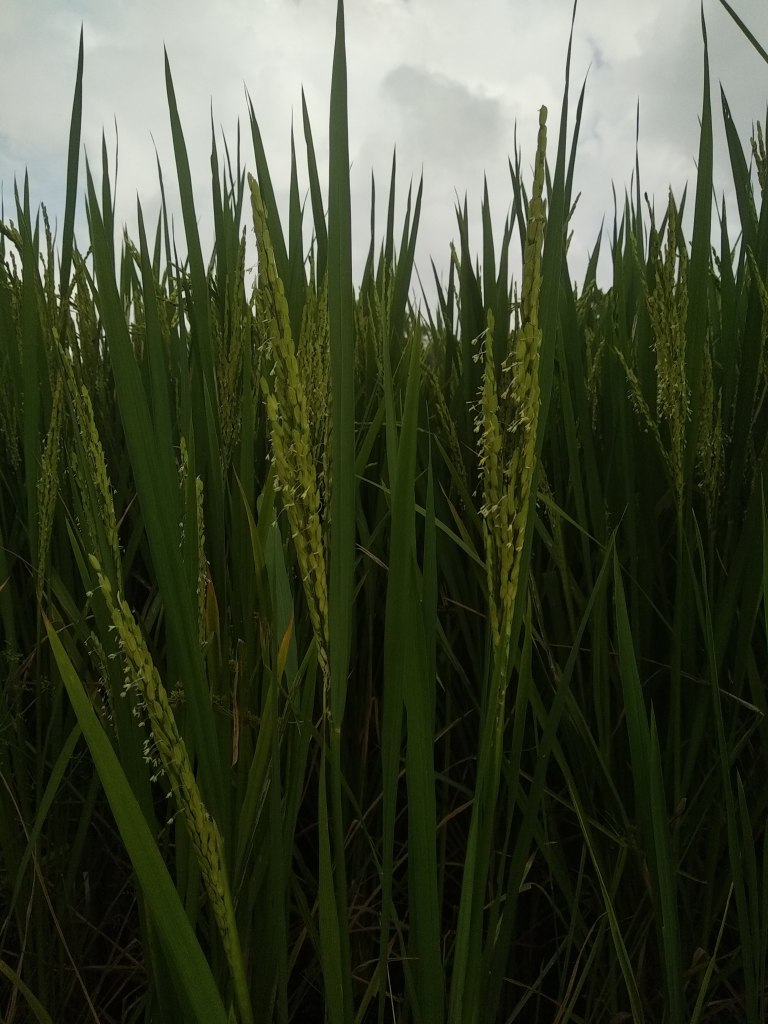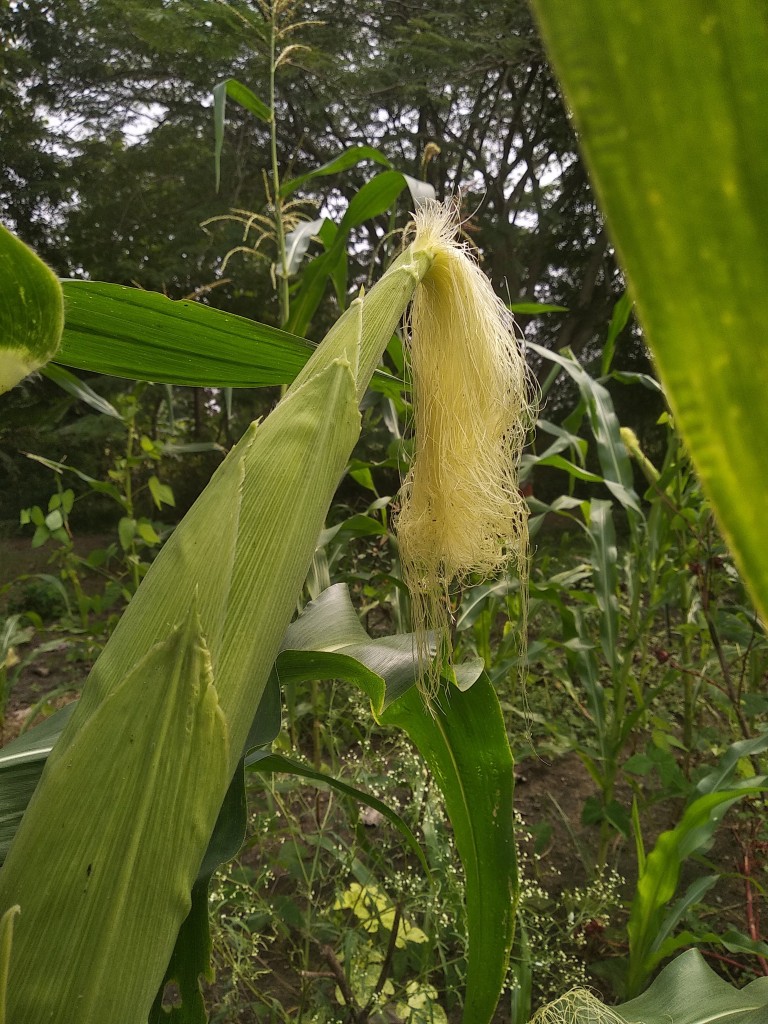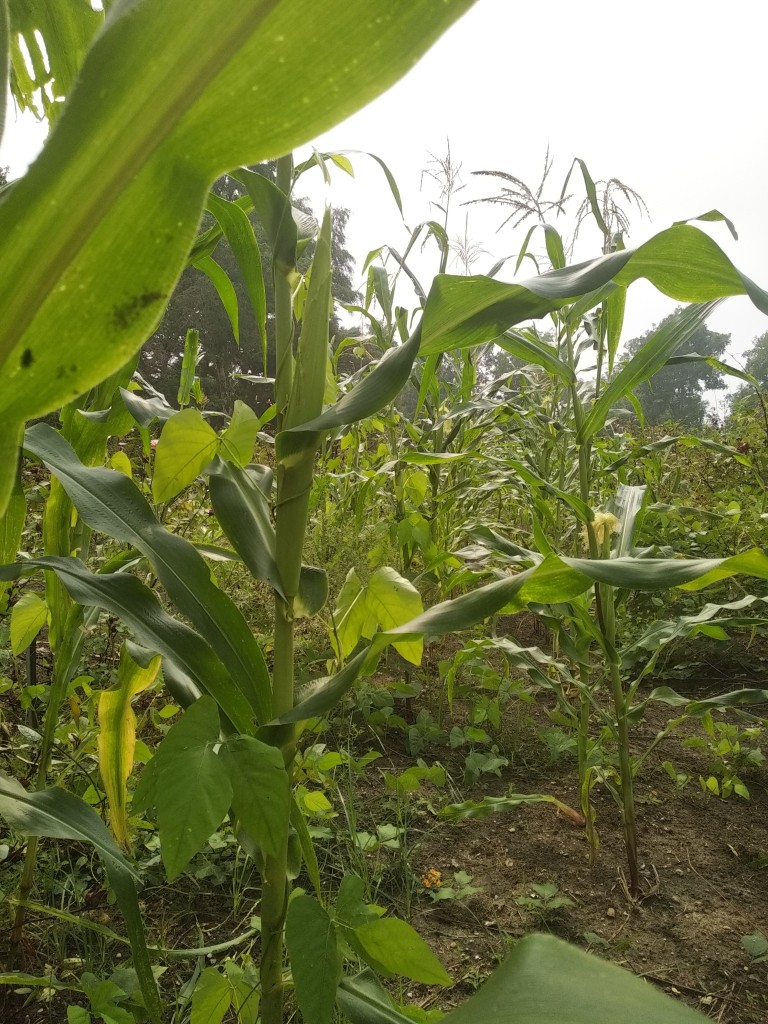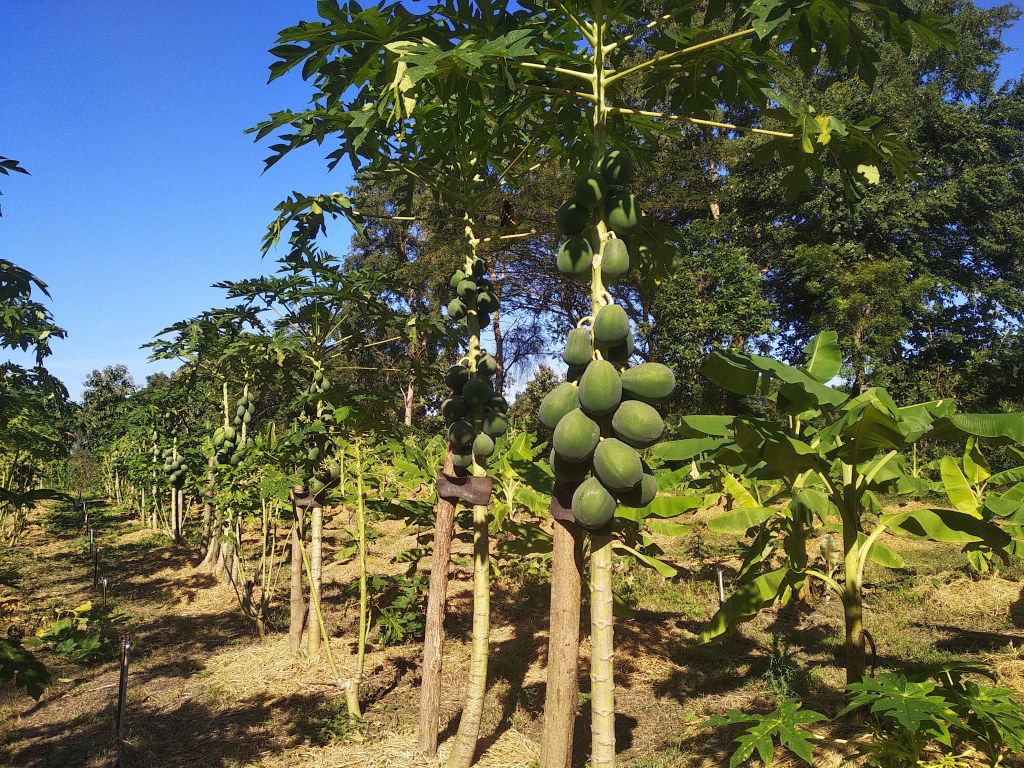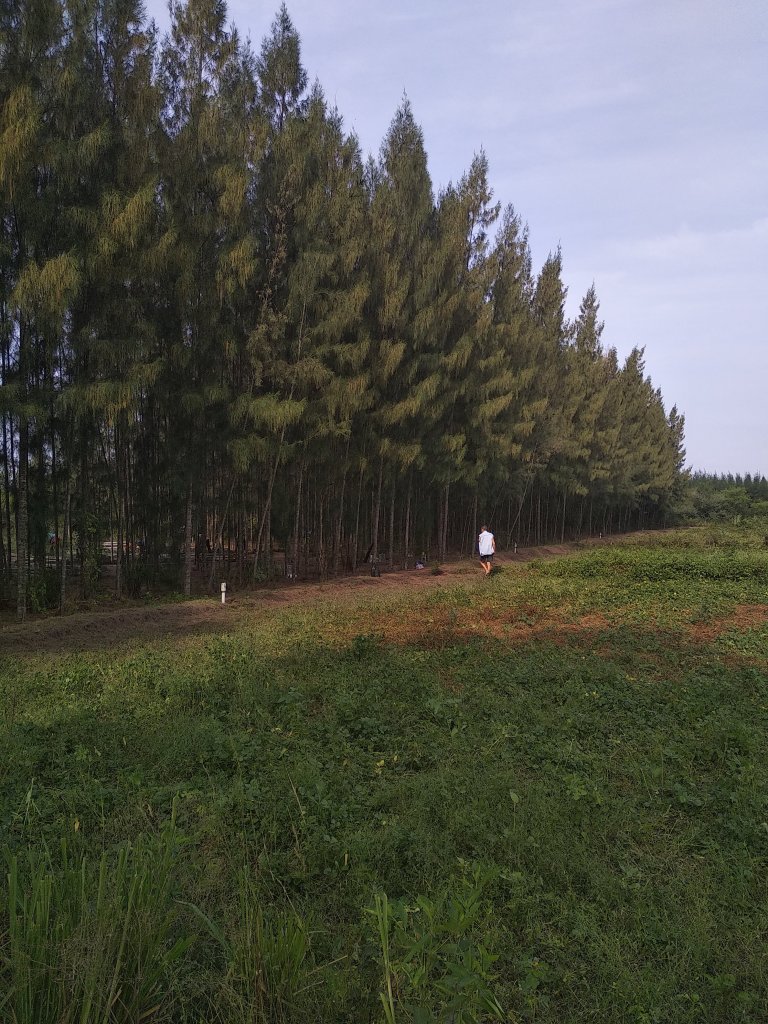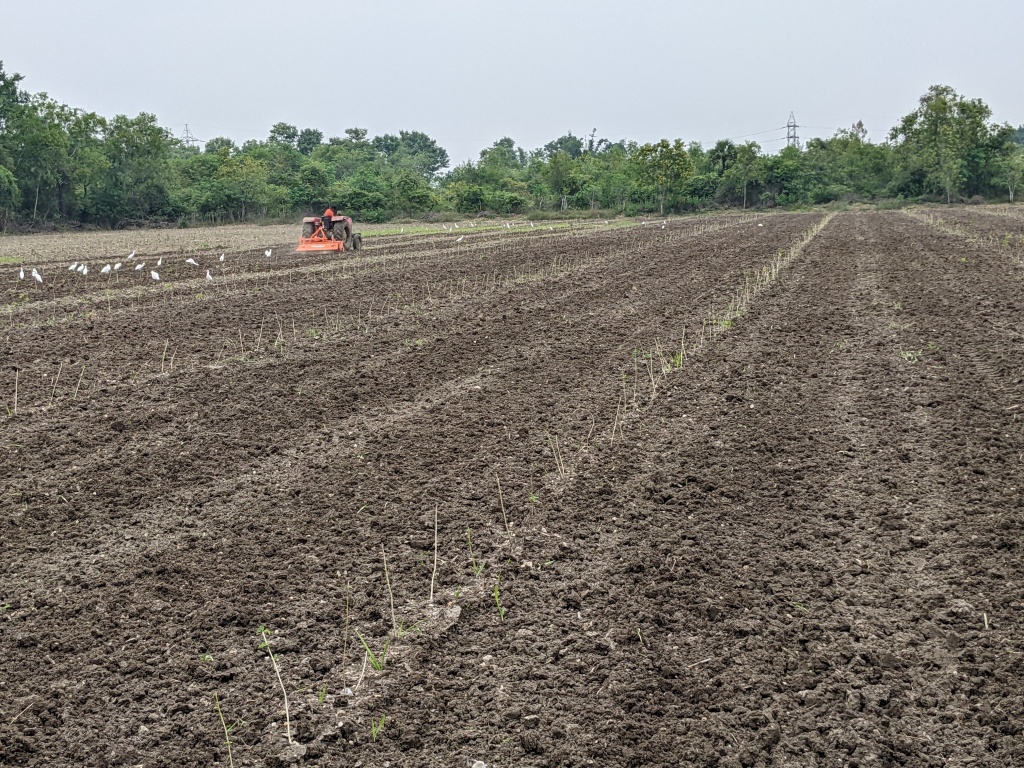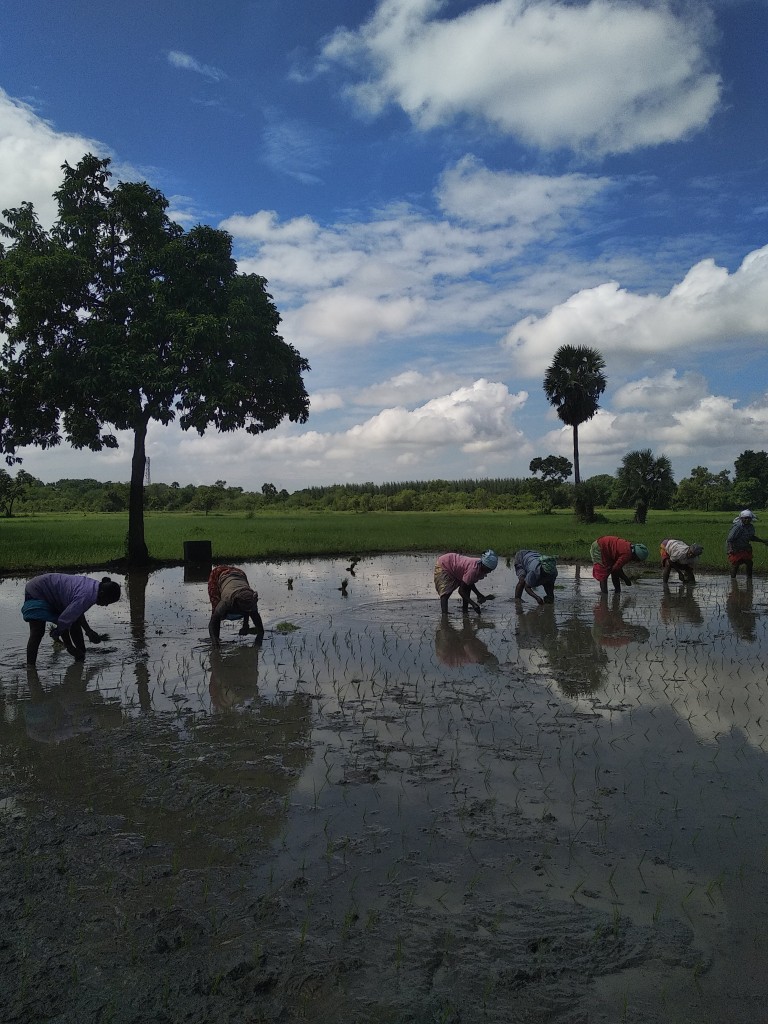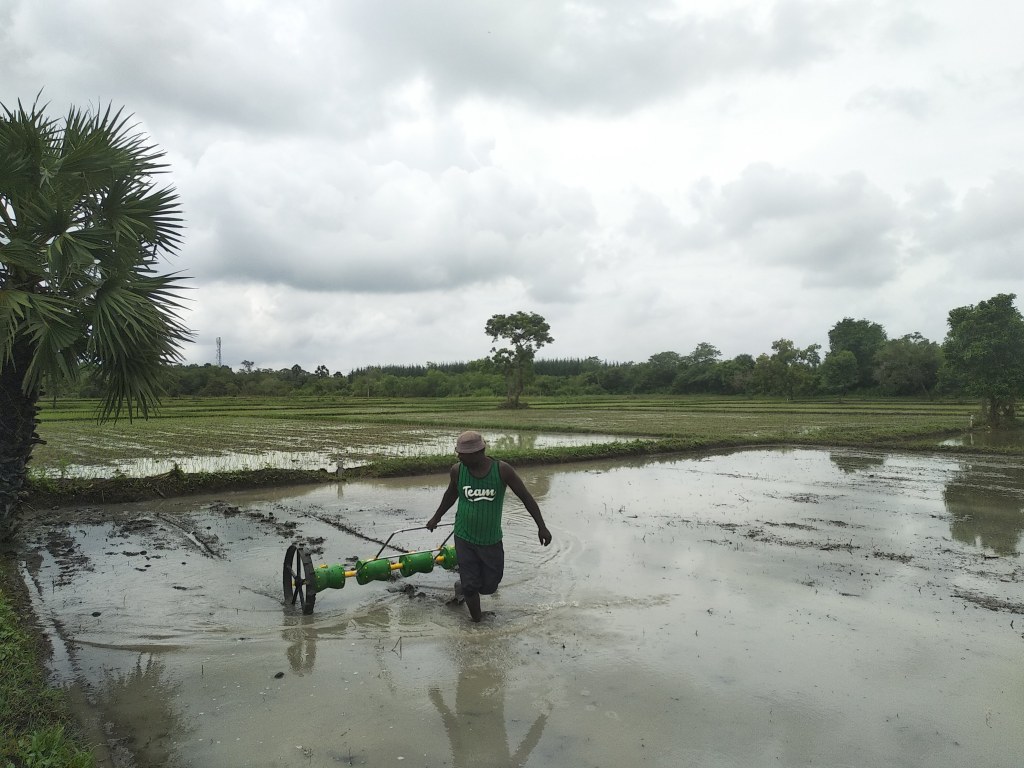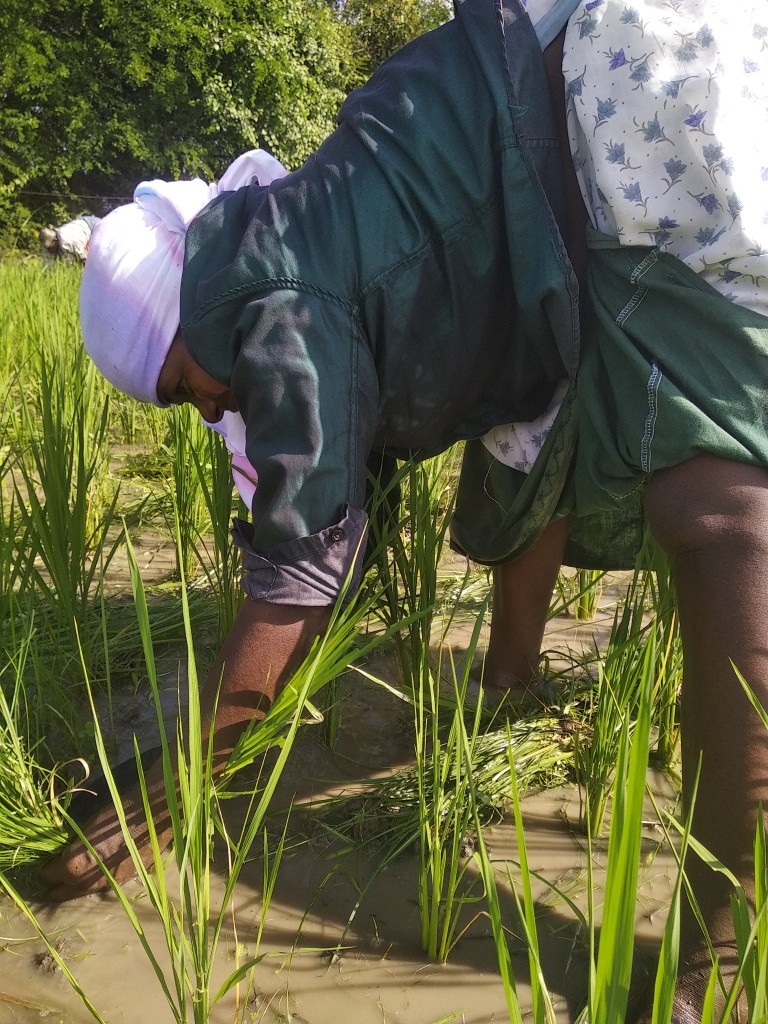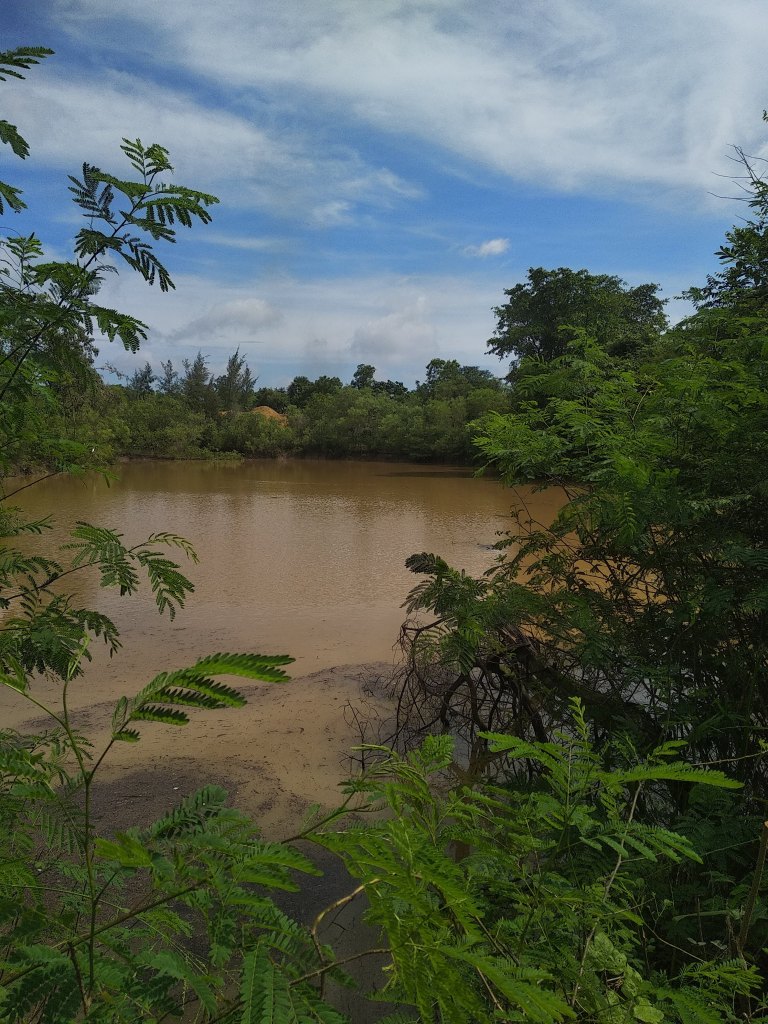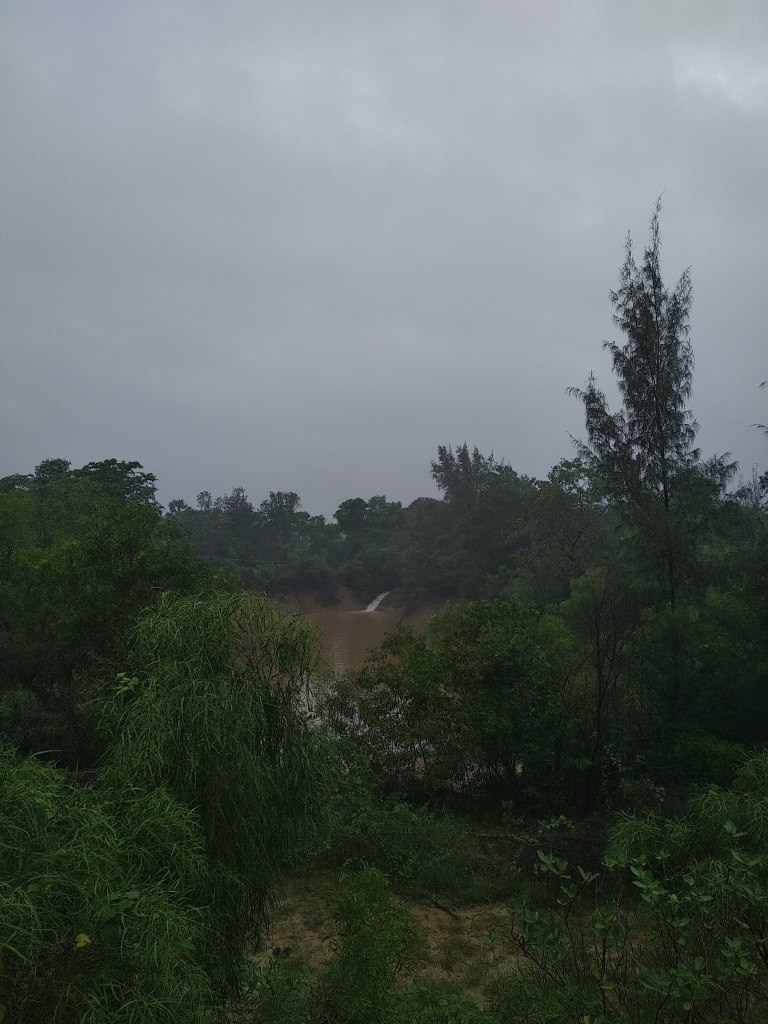We have been thinking about ducks in the paddy crop for many years. We kept postponing it since we are already buried under a daily intense workload, and taking up something more is always an extra effort and needs a good reason to do so. There have been studies where they combine ducks (and or fish) with a rice crop in Southeast Asia with success. Ducks take care of the weeds, fertilize the field, and stimulate rice plant growth by moving around the plants throughout the day. They also control pests by eating insects, snails and what not.
Last year was a very difficult paddy year when, because of various reasons, the weeds overgrew the paddy crop and we had to spend an enormous amount of labor (and money) on weeding; we lost entire plots of paddy and on a lot of fields the crop was reduced heavily. It became clear that unless we find a way to control the weeds better the crop will become unviable. This summer we have been initiating a new project to integrate ducks into rice cultivation. We purchased 53 ducks and learned a lot about growing them up and herding them around. After they were grown the Lake Estate farm of the Sri Aurobindo Ashram took them over. Now we got a new flock of 222 young birds, which have been introduced in the paddy fields this season where they control weeds very effectively and plants look healthy where they have been introduced. To take care of 6 acres paddy we would need to bring in 1200 ducks. For this we need to increase infrastructure on the farm substantially. This project has the potential to change the face of the farm; to integrate ducks to increase production and move closer to the ideal of natural integrated and healthy farming on a larger scale.



With the Duck project, we are participating in the
AVI USA Matching Campaign 2023.
When you donate through their site this month,
they will double the donated amount.
Click here and double your impact this December!
(For FS account holders, you can also transfer your donation directly and anytime on account #0465)
Have a look at the budget calculated for the project if you would like to know the details.
























